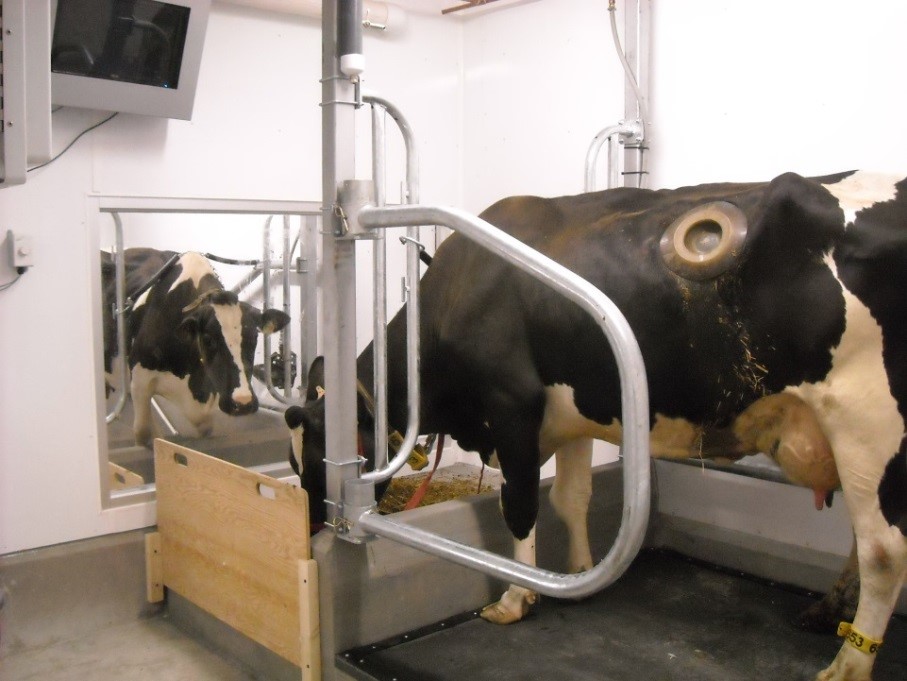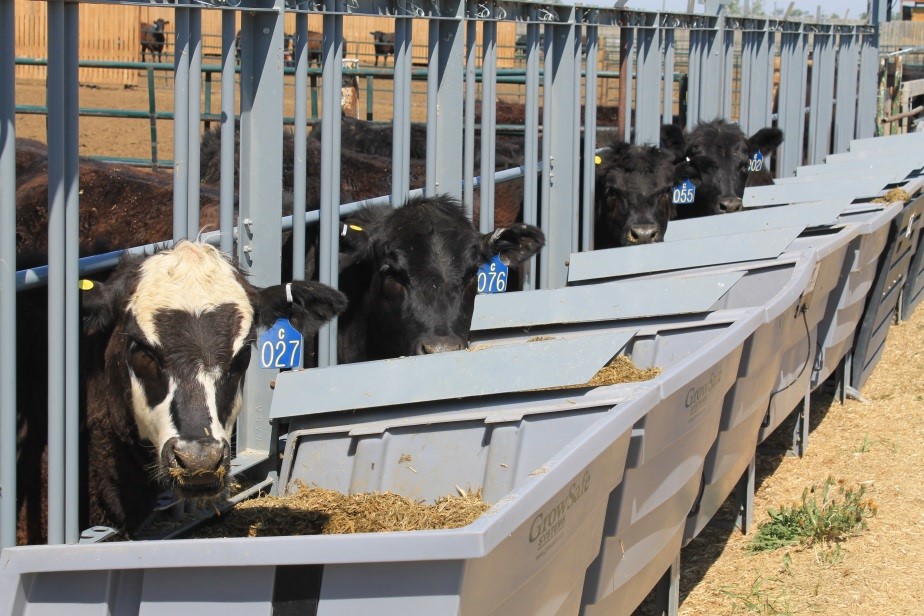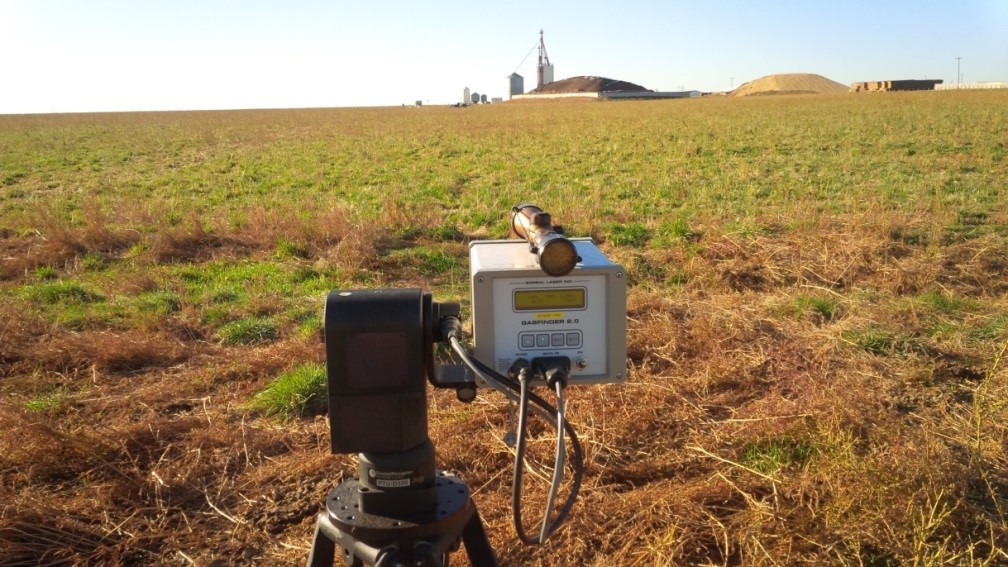You’ve reached the Global Research Alliance Canada page
 Above: Quantification and mitigation of enteric methane emissions from dairy cows: respiration chambers (C. Benchaar; Agriculture and Agri-Food Canada)
Above: Quantification and mitigation of enteric methane emissions from dairy cows: respiration chambers (C. Benchaar; Agriculture and Agri-Food Canada)
Agricultural greenhouse gas (GHG) mitigation is an important area of research for Canadian agriculture. Reductions in emissions intensity in agricultural production systems represent increases in productivity and efficiency, enhanced environmental performance, and addresses threats to the value chain from extreme weather risks to production. Addressing GHG mitigation also supports Canada’s efforts to help the agriculture sector adjust to climate change and better address water and soil conservation issues.
Innovative solutions are required to reduce emissions from agriculture. New technologies are being developed to reduce emissions from livestock and crop production, including through the use of precision farming and “smart” fertilisers, which time the release of nutrient to match plant needs, and from feed innovations that reduce methane production in cattle.
Collaboration through the Global Research Alliance (GRA) allows Canada to combine domestic priorities with expertise and resources in other countries to work toward common goals, allowing scientists to achieve results that would be impossible if working in isolation.
Canada participates in the Global Research Alliance Council and is also engaged in the Croplands, Integrative, and Livestock Research Groups and relevant thematic Research Networks as a means to further its science and climate change priorities.
Canada is:
- a founding member of the GRA
- was GRA Council Chair from June 2012- June 2013
- is Co-chair of the Integrative Research Group
- is a major research contributor to the Livestock, Croplands, and Integrative Research Groups.
Canada is represented in the Global Research Alliance through Agriculture and Agri-Food Canada’s Science and Technology Branch and supports the Global Research Alliance through participation in the research groups and networks listed below.


